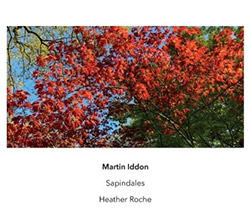
Four clarinet-based works in trio, duo and solo from UK composer and musicologist Martin Iddon, performed by Heather Roche on bass and contrabass clarinets, Juliet Fraser on voice for "Muses", Anton Lukoszevieze on cello and James Opstad on double bass; music with intricate, interweaving lines, the title piece a mesmerising work for multi-tracked clarinets and field recordings.
In Stock
Quantity in Basket: None
Log In to use our Wish List
Shipping Weight: 3.00 units
EU & UK Customers:
Discogs.com can handle your VAT payments
So please order through Discogs
Sample The Album:
Martin Iddon-composer
Heather Roche-clarinet, bass clarinet, contrabass clarinet
Juliet Fraser-voice
Anton Lukoszevieze-cello
James Opstad-double bass
Click an artist name above to see in-stock items for that artist.
Label: Another Timbre
Catalog ID: at179
Squidco Product Code: 31293
Format: CD
Condition: New
Released: 2021
Country: UK
Packaging: Cardboard Gatefold
Recorded in Woolwich, New Cross, Birmingham and at Loughton Church, Essex, Goldsmiths Music Studio, and Moorlands Nature Reserve, York, by Martin Iddon, Heather Roche, James Opstad and Simon Reynell.
Another Timbre Interview with Martin Iddon:
All the pieces on the CD feature the clarinet (or one or more instruments within the clarinet family). So do you have a particular fondness for the instrument?
My first thought was 'no, not especially'. But then I remembered I was at a concert just the other day when I briefly thought 'why does anyone ever write for anything other than the bass clarinet?' So it looks like my first thought's probably not quite true! I certainly love the sound the instrument makes. But I don't feel particularly close to the instrument, in the way that I do with stringed instruments or the voice, to which I have a much more tactile, visceral relationship, doubtless a product of the fact that, to the very limited degree that I'm a performer, those are my instruments. But even though, as Heather Roche will tell you, my writing for the clarinet is hardly idiomatic, it also doesn't feel distant from me, as I think is the case with brass instruments, say (though I like that distance too; it can be really productive). I think with the clarinet, though, there's a sort of tension in the almost familiar, almost alien relationship I feel like I have with it, and that also plays out in interesting ways in the sorts of things I ask it-and, here, Heather-to do, especially in the ways in which the clarinet absolutely can do glissandi-and a lot of what I write features glissandi-but not in the neat, clean way that a violin or a voice can, or not universally or uniformly so across the instrument. You can always feel the physical presence of the performer making it happen, perhaps even more so in what might otherwise be more languid music, as in the piece, Sapindales, itself.
Were all the pieces on the CD specifically written for Heather Roche?
Two of the pieces, Ptelea and Sapindales, were written for Heather, and the latter is a sort of derivative or, better, generalisation of the former. It's got all the same notes, pretty much, but not (at all) in the same order.
Let's start with 'Ptelea', which I guess is the earliest of the four pieces on the disc, and the only 'real'/normal solo piece, in that the clarinet is completely unaccompanied. Firstly what does the title refer to, and do you see it as apart from the other pieces on the disc stylistically?
Ptelea is one of my hamadryads pieces, all of which are offshoots from an earlier vocal quintet, which is on my first Another Timbre release, pneuma. They're all different treatments of Josquin's motet, Nymphes des bois, that is, hamadryads. Ptelea is named after the hamadryad that was bonded to the elm.
Although it sounds like a normal(-ish) solo piece, the notation is actually a polyphonic one: the clarinettist has up to four different lines to play at the same time, all of which are given in the form of glissandi. That's quite impossible, but the clarinettist is asked to retain as much of this information as possible. One way of doing that, of course, is similar to all the other pieces on this disc: by layering the four lines on top of one another. But there's something particularly engaging, I think, in the impossible attempt to do that as a 'true' soloist. I suppose I think of Ptelea, in this version, as more like a mirror image of the other pieces on the disc.
hamadryads is, itself, part of a sort of cycle of pieces, each of which is derived from a successive series of fifteenth-century laments: Ockeghem's Mort, tu as navré de ton dart, written on the death of Binchois, Josquin's Nymphes des bois written on the death of Ockeghem, and Gombert's Musae iovis, written on the death of Josquin. The two other pieces from that set, tu as navré and Muses, are both on this disc.
The other pieces all involve layering of different parts, which were recorded separately, and then combined. Was this way of working partly a result of Covid isolation, or was it something you were already particularly interested in, and why?
In fact, tu as navré is the oldest piece here and it's the first piece where I worked with independent lines or layers which had relationships to one another but which were mobile, in that each instrumentalist could decide when they wanted to begin their part, with further decisions to make about lengths of longer notes and pauses within the part. It's hardly an original idea, but it seemed coherent to me with a high Renaissance way of thinking about the mutability and malleability of material, especially in the form of the puzzle canon, which is a conceit that lies behind a lot of what I do: I'm thinking, for instance, of Pierre Moulu's Missa Alma redemptoris mater, which can be sung either with or without its longer rests. Given that pretty much everything I write is concerned with the music of the high Renaissance, one way or another, it's probably no surprise that this sort of thinking in layers or strips has turned into an integral part of what I do.
Though none of this was designed to have anything to do with pandemic-style working, it did make it at least comparatively straightforward to record things independently of one another and then re-combine them, since they were designed to afford that sort of way of working, just for very different reasons.
In fact, during one of the lockdowns in the US, ekmeles did a lovely online version of hamadryads with each of the singers in their own home, which worked really well with a piece that wasn't (quite) designed in the same way.
What does the title tu as navré refer to, and why the unusual bass-heavy instrumentation?
It's an abbreviation of the title of the motet that the pitch material comes from, Ockeghem's Mort, tu as navré de ton dart (that is, 'Death, you have wounded with your dart'). I think I was given the instrumental line-up with the commission, which was for a concert with Ensemble SurPlus to celebrate the life of their founder, conductor, and pianist, James Avery. I was a bit surprised to be invited, actually. Though I'd had a great experience with SurPlus at Schloss Solitude, when they played my string trio, ...à son dernier soupir, brilliantly, I hadn't realised-and only later discovered-that it had been James who, faced with quite a minimal score that didn't really give much indication of what it sounded like, said 'why don't we presume he knows what he's doing and give him a chance?' That performance was also one of the first times that I thought I might know what I was doing, so I'm incredibly grateful to James for seeing it before I did.
Can you tell us about the sung text in Muses, and how this piece came about?
There's not an awful lot to tell. Muses is the third piece in that cycle of laments or memorials that I mentioned. The Stuttgart-based duo, Noise-Bridge, that's Christie Finn (soprano) and Felix Behringer (clarinet), asked me for a piece. Because the first piece, tu as navré, had a lot of clarinets in it (well, two, but that seems quite a lot of clarinets for a quartet) and the second, hamadryads, is for voices (and Christie sang in the premiere too!), it seemed the right opportunity.
The text is a sort of obliterated version of the text from the Gombert motet that the piece is based on. It's got exactly the same statistical distribution of vowels and consonants as the original, but randomly reordered and, as it happens, I don't think anything from the Gombert is ultimately retained as such. If I remember rightly, the text in hamadryads works in a similar way.
The field recordings in Sapindales are wonderful. Where did you make them, and does the place have any particular significance? And have you used field recordings in other of your pieces?
I'm glad you like them (or, I should say, it: it's a single, unedited recording - apart from a little eq-ing). It's from Moorlands Nature Reserve, a little bit of woodland just around the corner from home, which was something of a sanctuary over the past year or so. What's most spectacular there are probably the azaleas and rhododendrons, which are ericales, of course, not sapindales (though there are some beautiful maples, which are). But there is-or rather was-a very beautiful, but old and fragile snake bark maple, so-called because of its remarkable, striated bark, that I was struck by on the first visit. By the second visit, just a few weeks later, the tree had been felled which seemed, in a fairly direct and obvious way, rather poignant in the context of the pandemic. So I made the recording for Sapindales there. I went and sat there for a couple of hours early one morning and was about to decide I probably had enough when some magpies arrived, which you can hear toward the end of the piece and which, when I heard them, I knew had to be at the end, so was enormously relieved that the previous twenty or so minutes sounded okay.
I've ended up using field recordings quite a bit recently. In Leuke, for instance, which is a solo cello piece I wrote for Séverine Ballon. Leuke was the name of another nymph-named for the white poplar, with its rather unusual two-sided leaf, one side green, one white-I took a recording at the base of the nearest white poplar I could find, which is in Homestead Park in York: inevitably there are plenty of birds in that recording and, since it's quite close to the station, even a just-audible train, which I like as a sort of inadvertent call-out to Schaeffer's Étude aux chemins de fer. Evan Johnson heard a performance and told me that he thought I should have birds in all my pieces from now on.
Other field recordings are much more prosaic: aigeiros uses a recording of an extractor fan which never really managed to get going properly, while Lampades has one of the radiator in my office at work when there was something wrong with it (the radiator that is, not the office). So it looks like I'm either using trees or malfunctioning machinery at the moment.

The Squid's Ear!
Artist Biographies
• Show Bio for Martin Iddon Martin Iddon: "I am a composer and musicologist. My music has been performed and broadcast on radio and TV in North America, Europe and Australasia by musicians including Apartment House, Distractfold, Ensemble Interface, Kairos Quartet, Ensemble SurPlus, Jack Adler-McKean, Séverine Ballon, Jeffrey Gavett, Nicolas Hodges, Heather Roche, Ashot Sarkissjan and Eva Zöllner. A portrait CD, pneuma, was released in 2014, followed by Sapindales in 2021. My string trio Danaë won the chamber music category of the 2014 British Composer Awards and my solo tuba piece, Lampades, won the 2021 Ivors Composer Award for solo composition. My books, New Music at Darmstadt, John Cage and David Tudor, and John Cage and Peter Yates are published by Cambridge University Press, while John Cage's Concert for Piano and Orchestra which I co-wrote with Philip Thomas is published by Oxford University Press. I studied at the Universities of Durham and Cambridge and am Professor of Music and Aesthetics at the University of Leeds." ^ Hide Bio for Martin Iddon • Show Bio for Heather Roche "Born in Canada, clarinetist Heather Roche trained in England, lived in Germany for 7 years and now lives in London. She has performed at some of the major European festivals, including musikFest (Berlin), BachFest (Leipzig), Musica Nova (Helsinki), Acht Brücken (Cologne), the International Computer Music Conference (Huddersfield, Ljubljana), the Dias de Música Electroacústica (Seia, Portugal) and the Agora Festival (Ircam, Paris). She has also performed solo programmes at the Zagreb Music Biennale, the Huddersfield Contemporary Music Festival, the New York Electroacoustic Symposium, at CIRMMT (Montreal), Unerhörte Musik (Berlin), Eavesdropping (London), and with the Birmingham Electroacoustic Sound Theatre (BEAST). She has performed with ensembles and orchestras including Musik Fabrik (Cologne), the WDR Orchestra (Cologne), mimitabu (Gothenburg), the London Symphony Orchestra (London), ensemble Garage (Cologne), ensemble interface (Berlin), the Riot Ensemble (London), the Alisios Camerata (Zagreb), and ensemble proton (Bern). She also plays across the UK in a trio with Carla Rees (flutes) and Xenia Pestova (piano) and in 2015 formed an duo with the accordionist Eva Zöllner, with whom she has played across Germany, the UK and in Portugal. She is a founding member of hand werk, a 6-person chamber music ensemble based in Cologne, and worked with the group from 2010-2017. She has solo CDs out on the HCR/NMC and Métier labels. Please see the Discography for further details. In 2014 she was awarded a DIVA (Danish International Visiting Artists Fellowship), and lived in Copenhagen for two months. Since 2016 she has acted as the Reviews Editor for TEMPO, a quarterly journal for contemporary music published by Cambridge University Press. Her website is host to one of the most widely read new music blogs on the Internet. In 2017 it had 75,000 hits from around the world. She successfully crowdfunded in 2014 in order to host her first composition competition. Six young composers were chosen out of 270 applicants to write new pieces, which were premiered in 2016. She is a fervent advocate of collaboration, and her PhD research at the University of Huddersfield (under the supervision of Dr. Philip Thomas) explored the nature of dialogue within performer-composer relationships. She has given workshops in instrumental technique and/or iPad use in performance all over Europe, for example in London, Munich and Copenhagen. Heather completed her Masters of Music (Orchestral Training) in 2006 at the Guildhall School of Music and Drama in London, studying under Joy Farrall and Laurent Ben Slimane, in addition to conducting with Sian Edwards. Following her degree she completed residencies with the International Ensemble Modern Academy, at IMPULS in Graz and with ensemble recherche in Freiburg, the Darmstadt Summer Courses 2008 and 2010 and the International Ensemble Modern Academy in Innsbruck, Austria. She has performed in masterclasses with Michael Collins, Ernesto Molinari and Shizuyo Oka, to name a few. She completed her BMus in 2005 at the University of Victoria, Canada, studying under Patricia Kostek." ^ Hide Bio for Heather Roche • Show Bio for Juliet Fraser "Juliet Fraser was educated at the Purcell School as a first-study oboist and then at Cambridge University where she read Music and History of Art. It was whilst a student there that she started singing, in the chapel choir of Clare College; subsequently she sang with professional choirs such as Polyphony, Tenebrae, the Monteverdi Choir, The King's Consort, The Tallis Scholars and BBC Singers. In early music, she has worked with European consorts Ensemble Polyharmonique and Gli Angeli Genève. She was a regular member of the soloists of Collegium Vocale Gent, directed by Philippe Herreweghe, for six years, performing and recording Renaissance polyphony by Lassus, Vitoria, Gesualdo and Byrd. In new music, Juliet has performed as a soloist with Klangforum Wien, ICTUS, Plus-Minus, We Spoke: New Music Company, London Sinfonietta and BBC Scottish Symphony Orchestra in festivals such as hcmf//, Tectonics Glasgow, Transit 20/21, Donaueschinger Musiktage, MaerzMusik and Wien Modern. Recently, she has created duo projects with pianist Mark Knoop and percussionist Maxime Echardour. She has premièred well over 100 works, many of which have been written for her, working particularly closely with composers Michael Finnissy, Bernhard Lang, Rebecca Saunders, Stefano Gervasoni, Frank Denyer, Christopher Fox, Matthew Shlomowitz, Cassandra Miller and Andrew Hamilton. Juliet is principal soprano of EXAUDI, the acclaimed contemporary music vocal ensemble, which she founded in 2002 with composer/conductor James Weeks and with whom she makes regular appearances at major European festivals such as Aldeburgh, Spitalfields, hcmf//, ManiFeste, Festival d'Automne, Ars Musica, Wittener Tage and Darmstadt Ferienkurse. Opera roles include Neige in Catherine Kontz's NEIGE at Grand Théatre de Luxembourg (2013), Tina in Limbus Limbo by Stefano Gervasoni at Musica Strasbourg, Automne en Normandie, Opera de Reims and Opera Comique, Paris (2012), and Grace Hartigan in Larry Goves's I do this I do that (2011). Juliet has been nominated twice for an RPS Award in the Singer category and is currently supported by Aldeburgh Music's Open Space scheme. Her first dedicated solo disc, a recording of Morton Feldman's Three Voices, was released on the HatHut label in November 2016." ^ Hide Bio for Juliet Fraser • Show Bio for Anton Lukoszevieze "Cellist Anton Lukoszevieze (born 1965 in the UK) is one of the most diverse performers of his generation and is notable for his performances of avant-garde, experimental and improvised music. Anton has given many performances at numerous international festivals throughout Europe and the USA (Maerzmusik, Donaueschingen, Wien Modern, GAS, Transart, Ultima, etc.etc.). He has also made frequent programmes and broadcasts for BBC Radio 3, Danish Radio, SR2, Sweden, Deutschland Rundfunk, WDR, Germany and ORT, Austria. Deutschlandfunk, Berlin produced a radio portrait of him in September, 2003. Anton has also performed concerti with the City of Birmingham Symphony Orchestra at the 2001 Aldeburgh festival and the Netherlands Radio Symphony Orchestra. He has collaborated with many composers and performers including David Behrman, Alvin Lucier, Amnon Wolman, Pierre Strauch, Rytis Mazulis, Karlheinz Essl, Helmut Oehring, Christopher Fox, Philip Corner, Alvin Curran, Phill Niblock and Laurence Crane, He is unique in the UK through his use of the curved bow (BACH-Bogen), which he is using to develop new repertoire for the cello. From 2005-7 he was New Music Fellow at Kings College, Cambridge and Kettles Yard Gallery. Anton is the subject of four films (FoxFire Eins) by the renowned artist-filmmaker Jayne Parker. A new film Trilogy with compositions by Sylvano Bussotti, George Aperghis and Laurence Crane premieres at The London Film Festival, October 2008. In November will premiere a new hour long work by Christopher Fox for cello and the vocal ensemble Exaudi commissioned by the Huddersfield Contemporary Music Festival and will also present new solo works for cello and live electronics. Anton is also active as an artist, his work has been shown in Holland (Lux Nijmegen), CAC, Vilnius, Duisburg (EarPort), Austria, (Sammlung Essl), Wien Modern, The Slade School of Art, Kettles Yard Gallery, Cambridge Film Festival and Rational Rec. London. His work has been published in Musiktexte, Cologne, design Magazine and the book SoundVisions (Pfau-Verlag, Saarbrucken, 2005). Anton Lukoszevieze is founder and director of the ensemble Apartment House, a member of the radical noise group Zeitkratzer and recently made his contemporary dance debut with the Vincent Dance Company in Broken Chords, Dusseldorf." ^ Hide Bio for Anton Lukoszevieze • Show Bio for James Opstad "James Opstad is a United Kingdom bassist, composer and one third of duck-rabbit music." ^ Hide Bio for James Opstad
7/1/2025
Have a better biography or biography source? Please Contact Us so that we can update this biography.
7/1/2025
Have a better biography or biography source? Please Contact Us so that we can update this biography.
7/1/2025
Have a better biography or biography source? Please Contact Us so that we can update this biography.
7/1/2025
Have a better biography or biography source? Please Contact Us so that we can update this biography.
7/1/2025
Have a better biography or biography source? Please Contact Us so that we can update this biography.
Track Listing:
1. Muses 15:19
2. Ptelea 10:47
3. Tu As Navre 10:55
4. Sapindales 21:11
Compositional Forms
London & UK Improv & Related Scenes
Quartet Recordings
Recordings by or featuring Reed & Wind Players
Unusual Vocal Forms
Field Recordings
Electroacoustic Composition
New in Compositional Music
Search for other titles on the label:
Another Timbre.

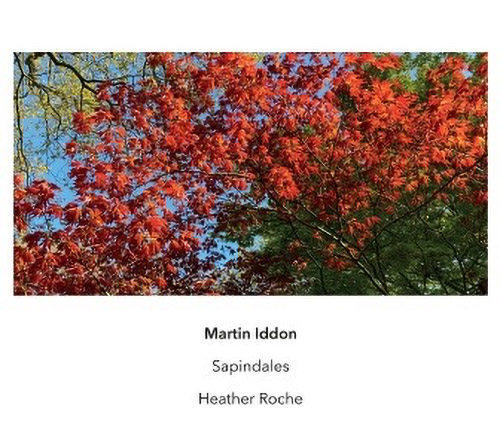

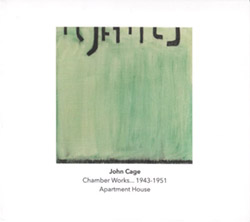
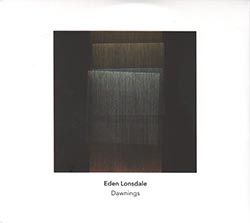
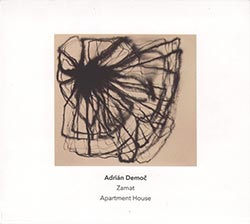
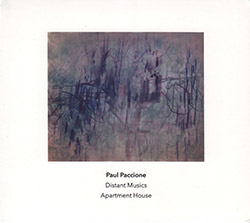
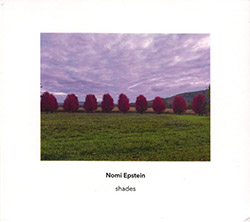
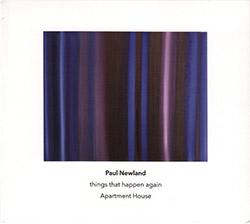
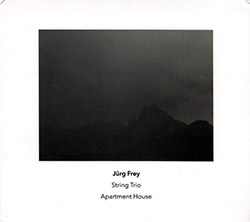
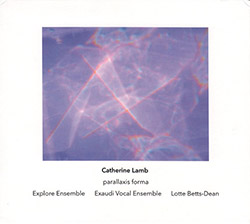
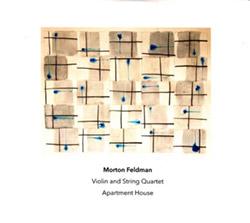
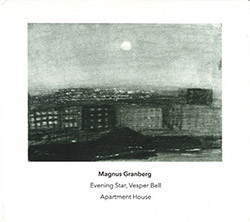
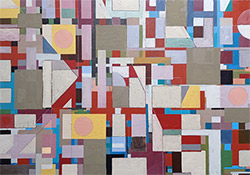
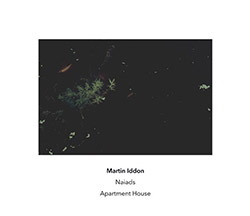
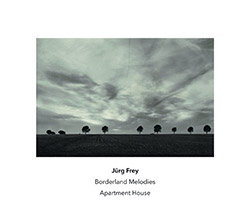
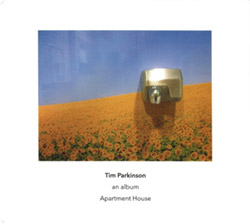
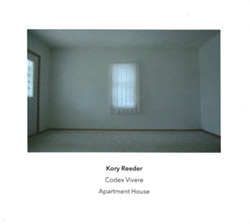
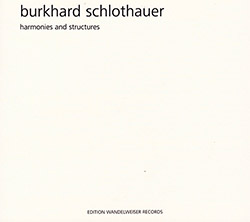
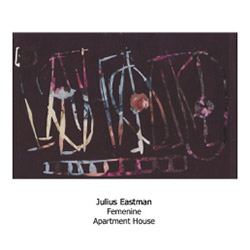
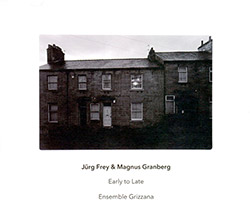
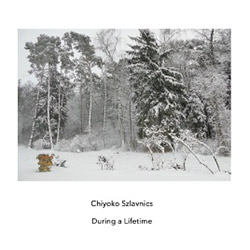
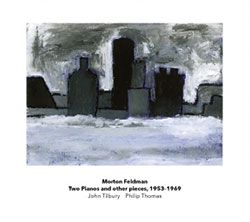
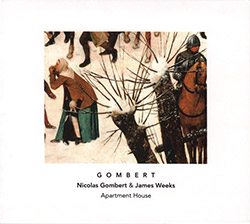
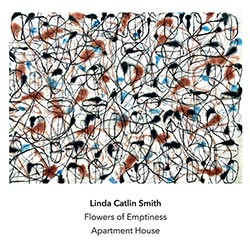
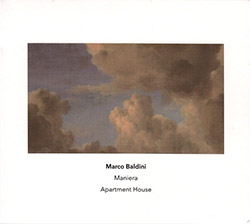
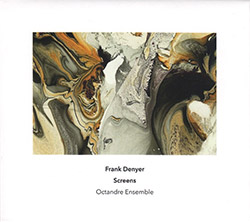
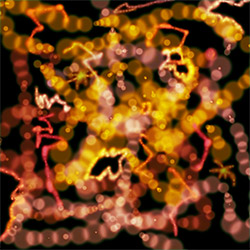

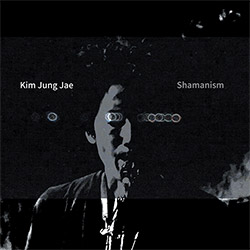
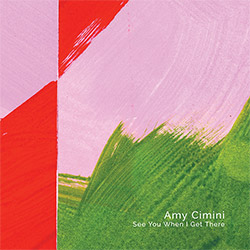
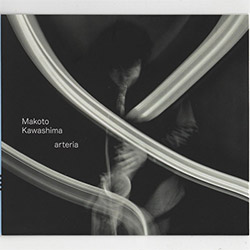
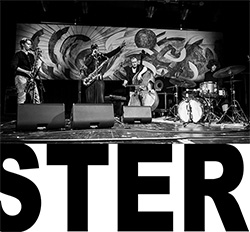
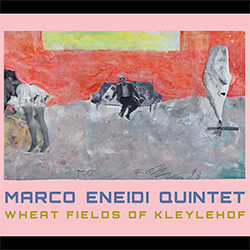
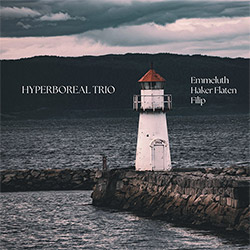
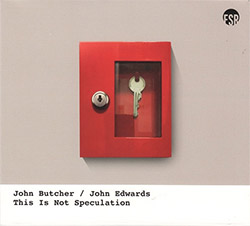
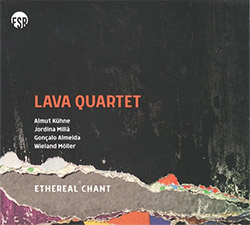
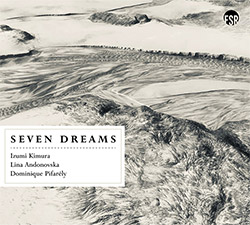
![Deupree, Jerome / Sylvie Courvoisier / Lester St. Louis / Joe Morris: Canyon [2 CDs]](https://www.teuthida.com/productImages/misc4/36404.jpg)

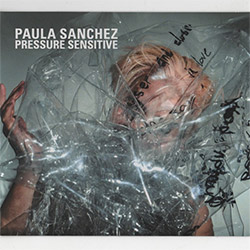
![Eternities: Rides Again [CASSETTE]](https://www.teuthida.com/productImages/misc4/36247.jpg)

![Lopez, Francisco: Untitled (2021-2022) [2 CDs]](https://www.teuthida.com/productImages/misc4/36438.jpg)
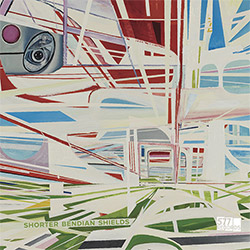


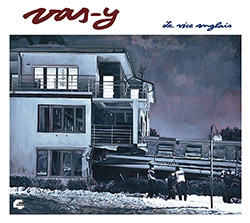
![Eventless Plot | Haarvol: The Subliminal Paths [CASSETTE + DOWNLOAD]](https://www.teuthida.com/productImages/misc4/36232.jpg)
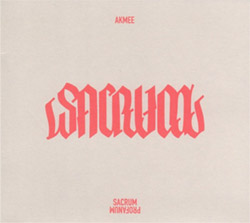




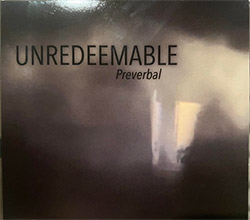
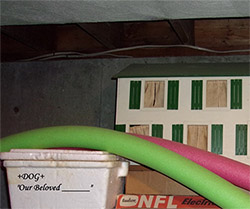
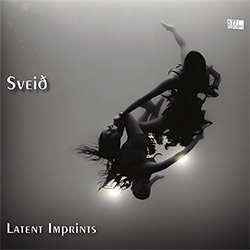
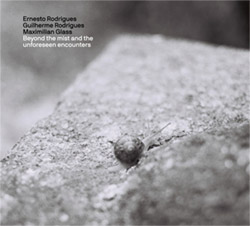
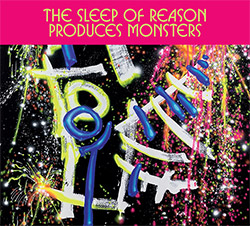
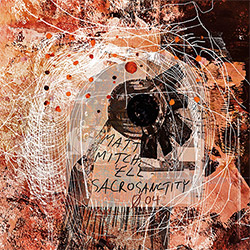
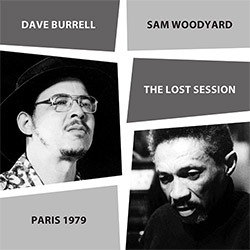
![Eventless Plot | Francesco Covarino: Methexis [CASSETTE + DOWNLOAD]](https://www.teuthida.com/productImages/misc4/36231.jpg)
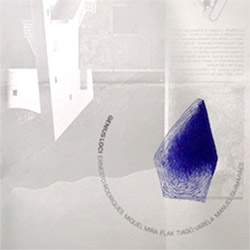
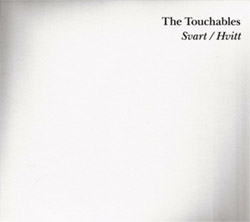
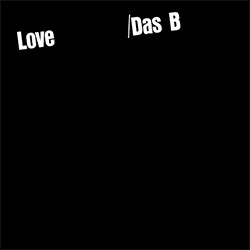
![Das B (Mazen Kerbaj / Mike Majkowski / Magda Mayas / Tony Buck): Love [VINYL]](https://www.teuthida.com/productImages/misc4/36329.jpg)
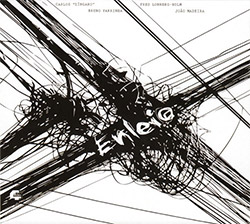
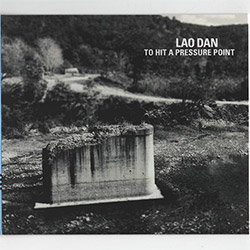
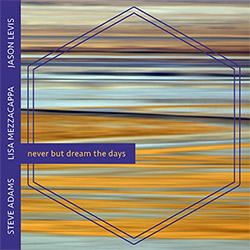
![Hemphill Stringtet, The: Plays the Music of Julius Hemphill [VINYL]](https://www.teuthida.com/productImages/misc4/36409.jpg)
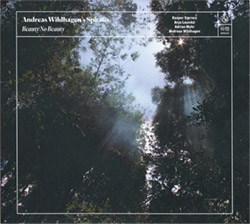
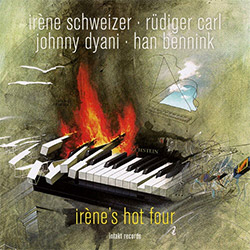
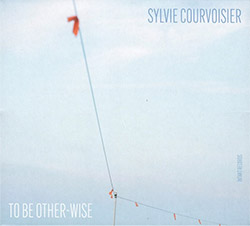
![Halvorson, Mary Septet: Illusionary Sea [2 LPS]](https://www.teuthida.com/productImages/misc4/17952.jpg)
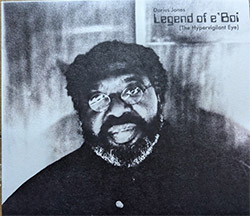
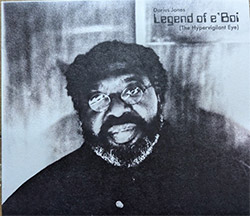
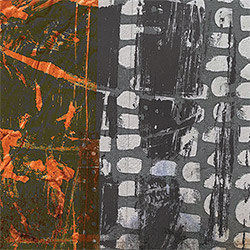
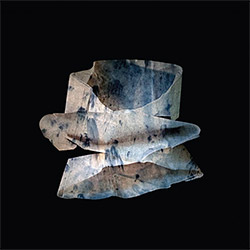
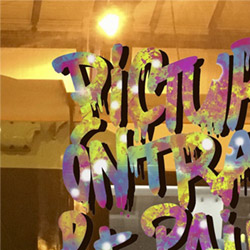
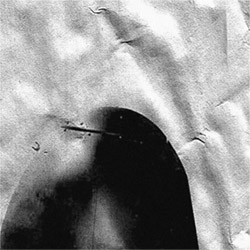
![Money : Money 2 [2 CDs]](https://www.teuthida.com/productImages/misc4/35894.jpg)
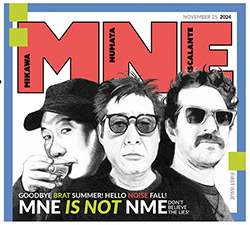

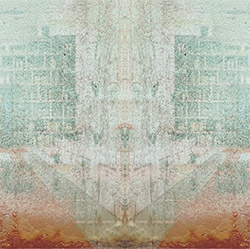
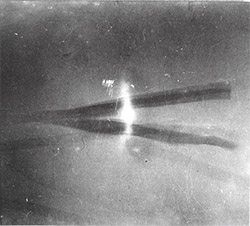
![Klinga, Erik: Elusive Shimmer [VINYL]](https://www.teuthida.com/productImages/misc4/36258.jpg)
![CHANGES TO blind (Phil Zampino): Volume 9 - I Wave on a Fine Vile Mist [CD + DOWNLOAD]](https://www.teuthida.com/productImages/misc4/36061.jpg)

![Wallmart / Rubbish: Asset Protection [split CD]](https://www.teuthida.com/productImages/misc4/35900.jpg)
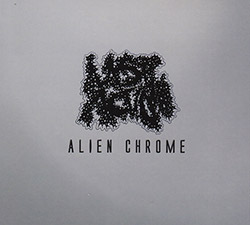
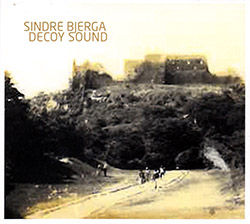
![+Dog+: The Family Music Book Vol. 5 [2 CDs]](https://www.teuthida.com/productImages/misc4/35897.jpg)
![Kuvveti, Deli : Kuslar Soyledi [CASSETTE w/ DOWNLOAD]](https://www.teuthida.com/productImages/misc4/36107.jpg)
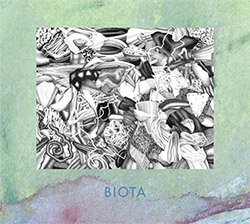
![Nakayama, Tetsuya: Edo Wan [CASSETTE w/ DOWNLOAD]](https://www.teuthida.com/productImages/misc4/36105.jpg)
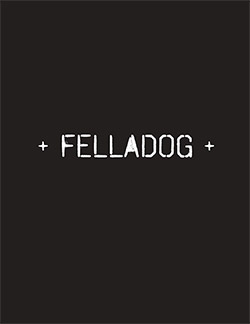
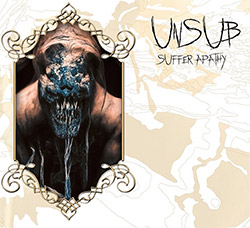
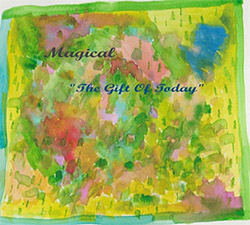
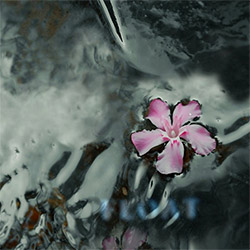
![Yiyuan, Liang / Li Daiguo: Sonic Talismans [VINYL]](https://www.teuthida.com/productImages/misc4/35957.jpg)
![Brown, Dan / Dan Reynolds: Live At The Grange Hall [unauthorized][CASSETTE]](https://www.teuthida.com/productImages/misc4/36245.jpg)


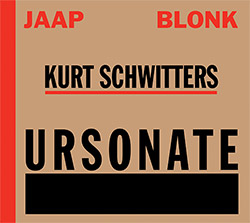
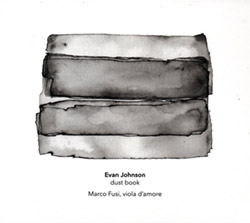
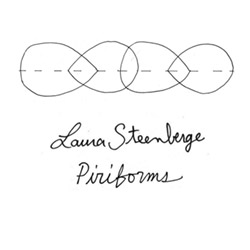
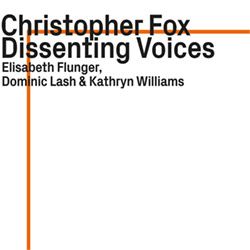
![Palestine, Charlemagne / Seppe Gebruers: Beyondddddd The Notessssss [VINYL]](https://www.teuthida.com/productImages/misc4/36206.jpg)
![Palestine, Charlemagne / Seppe Gebruers: Beyondddddd The Notessssss [NEON GREEN VINYL]](https://www.teuthida.com/productImages/misc4/36207.jpg)
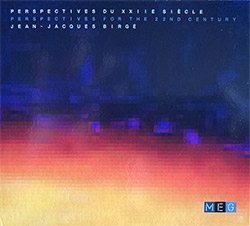
![Laubrock, Ingrid: Purposing The Air [2 CDs]](https://www.teuthida.com/productImages/misc4/35639.jpg)
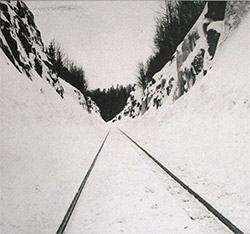
![Yoko, Ono / The Great Learning Orchestra: Selected Recordings From Grapefruit [2 CDs]](https://www.teuthida.com/productImages/misc4/35841.jpg)

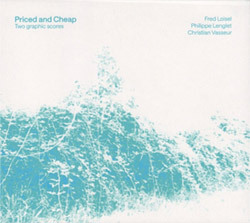
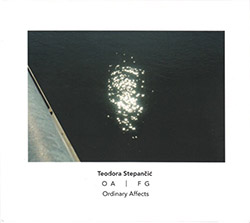

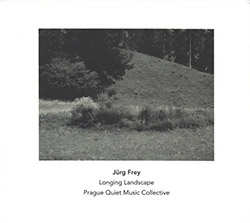
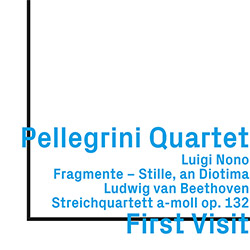

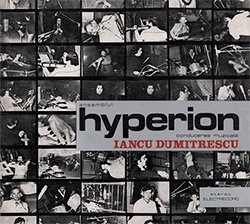
![Zorn, John / JACK Quartet: The Complete String Quartets [2 CDs]](https://www.teuthida.com/productImages/misc4/35609.jpg)
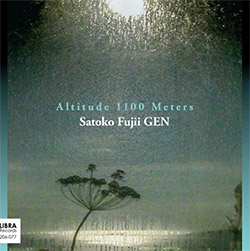

![Sorry For Laughing (G. Whitlow / M. Bates / Dave-Id / E. Ka-Spel): Rain Flowers [2 CDS]](https://www.teuthida.com/productImages/misc4/35985.jpg)

![Rolando, Tommaso / Andy Moor : Biscotti [CASSETTE w/ DOWNLOADS]](https://www.teuthida.com/productImages/misc4/36106.jpg)


![Electric Bird Noise / Derek Roddy: 8-10-22 [CD EP]](https://www.teuthida.com/productImages/misc4/35970.jpg)








![Elephant9 : Mythical River [VINYL]](https://www.teuthida.com/productImages/misc4/34624.jpg)



![Elephant9 with Terje Rypdal: Catching Fire [VINYL 2 LPs]](https://www.teuthida.com/productImages/misc4/35355.jpg)
![Deerlady (Obomsawin, Mali / Magdalena Abrego): Greatest Hits [VINYL]](https://www.teuthida.com/productImages/misc4/34876.jpg)
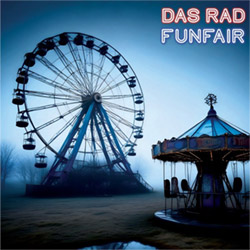
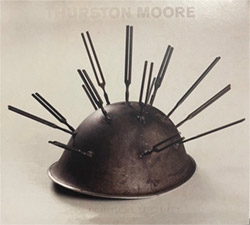
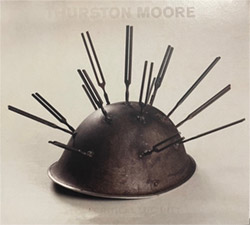
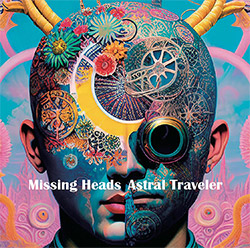
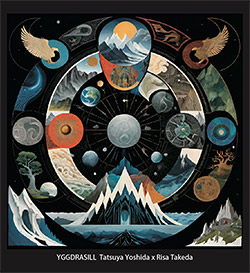
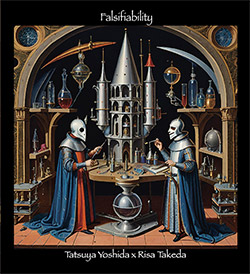
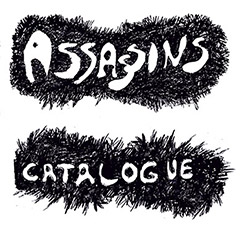
![Surplus 1980: Illusion of Consistency [CD]](https://www.teuthida.com/productImages/misc4/35069.jpg)
![Staiano, Moe: Away Towards the Light [VINYL + DOWNLOAD]](https://www.teuthida.com/productImages/misc4/35037.jpg)
![Coley, Byron: Dating Tips for Touring Bands [VINYL]](https://www.teuthida.com/productImages/misc4/17906.jpg)

![Lost Kisses: My Life is Sad & Funny [DVD]](https://www.teuthida.com/productImages/misc4/lostKissesDVD.jpg)